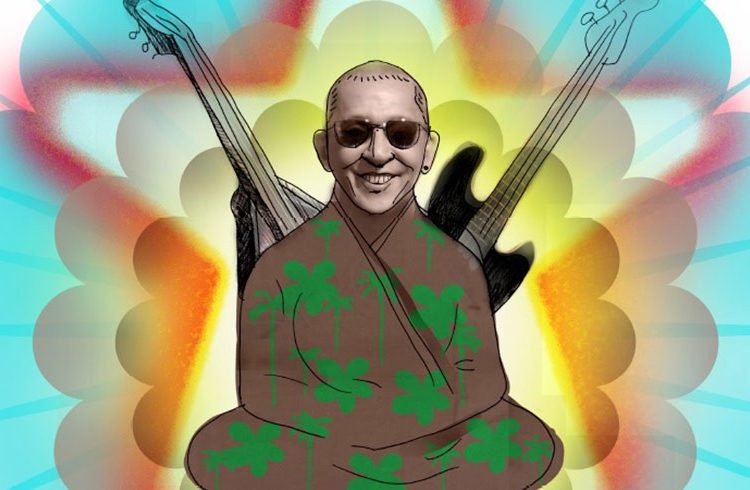When Juan Formell died, Cuba no doubt lost the greatest musical narrator of everyday life on this island in the last 45 years, a chronicler through-and-through with a unique sensibility. In fact, one of the great merits of his band, Los Van Van, was to make people dance by singing stories that the news media touched on timidly, if at all.
Moreover, the vast discography of the so-called “Cuban Music Train” included notably graphic chronicles marked by local customs, characters, and phrases that are part of this country’s cultural legacy. With their lyrics, the band addressed everything from the migration phenomenon (“La Habana no aguanta más”) to the loss of values (“Se muere de sed la tía”) and the craze for building “barbacoas,” or lofts within apartments.
Behind it all was the vision and desire to do something different of Formell, the illustrious son of Havana’s folkloric Cayo Hueso neighborhood, and the creator of rhythms like the changüí-shake and the songo. From their first album, Los Van Van amazed people with their conceptual irreverence: it was an unclassifiable groove that clearly had airs of charanga, but also of funk, filin, pop rock and ballad. All of it a blessed heresy….
In that first album, it was notable that the band had an ability for describing environments, using popular slang in its lyrics, and making its own contributions to urban poetics. We have, for example, the diverse stories of Marilú, Laura Chancleta and Yuya Martínez, and scathing comments like “qué fea esa vieja, por Dios” (“what an ugly old woman, for god’s sake”), or “es una bola de humo, que saca de quicio a cualquiera” (“he’s a real handful, he’ll drive anybody crazy”).
The albums that followed solidified the testimonial zeal of this band, with songs like “La Habana joven,” “Chirrín chirrán,” and “El martes”, and, more recently, “TV a color,” “Con el bate de aluminio,” and “Cuéntame”.
In the 1980s, Formell talked about continuing education (“De 5 a 7”), the “micro-brigades” (“Constructores por derecho”), viruses (“Eso que anda”), bread (“Artesanos de la harina”), stress (“Tú, tranquilo”), old men who like young women (“La titimanía”), and rumors (“El negro no tiene ná”). He also gave us classics of the picaresque genre in the voice of singer Pedrito Calvo, such as “Que le den candela,” “El negro está cocinando,” and “La fruta,” a real manifesto on consumer rights.
That fertile decade ended with an album that was called, precisely, Crónicas (“Chronicles,” 1989), in which he addressed the squabble between high and popular culture (“No soy de la gran escena”) and certain vices of the socialist workplace (“Se cambia el turno”).
The 1990s brought the salsa boom, and while Los Van Van did not escape from a certain tendency to “toot their own horn” in their lyrics, the band kept its tradition of singing to the Cuban people and their new challenges and popular speech. We should clarify that many of these works were the fruit of the richly creative team of Formell and César “Pupy” Pedroso, whose personal stamp significantly influenced the band until he left it in 1999.
Some of the classics from that time include “La sorpresa,” “Soy todo” (based on a poem by Eloy “El Ambia” Machado), “Soy normal,” “Un socio pa mi negocio,” “Pura vestimenta,” and “Temba, tumba, timba,” by Pupy. In recent years, Los Van Van have consolidated as Cuba’s emblematic band, the most enduring favorite of dancers, and a worldwide reference for those who defend the universal aspect of the local reality.
That ability for chronicling the essence of being Cuban is what characterized Formell, whose death brought mourning to a country that few others could sing about as well as he could.









